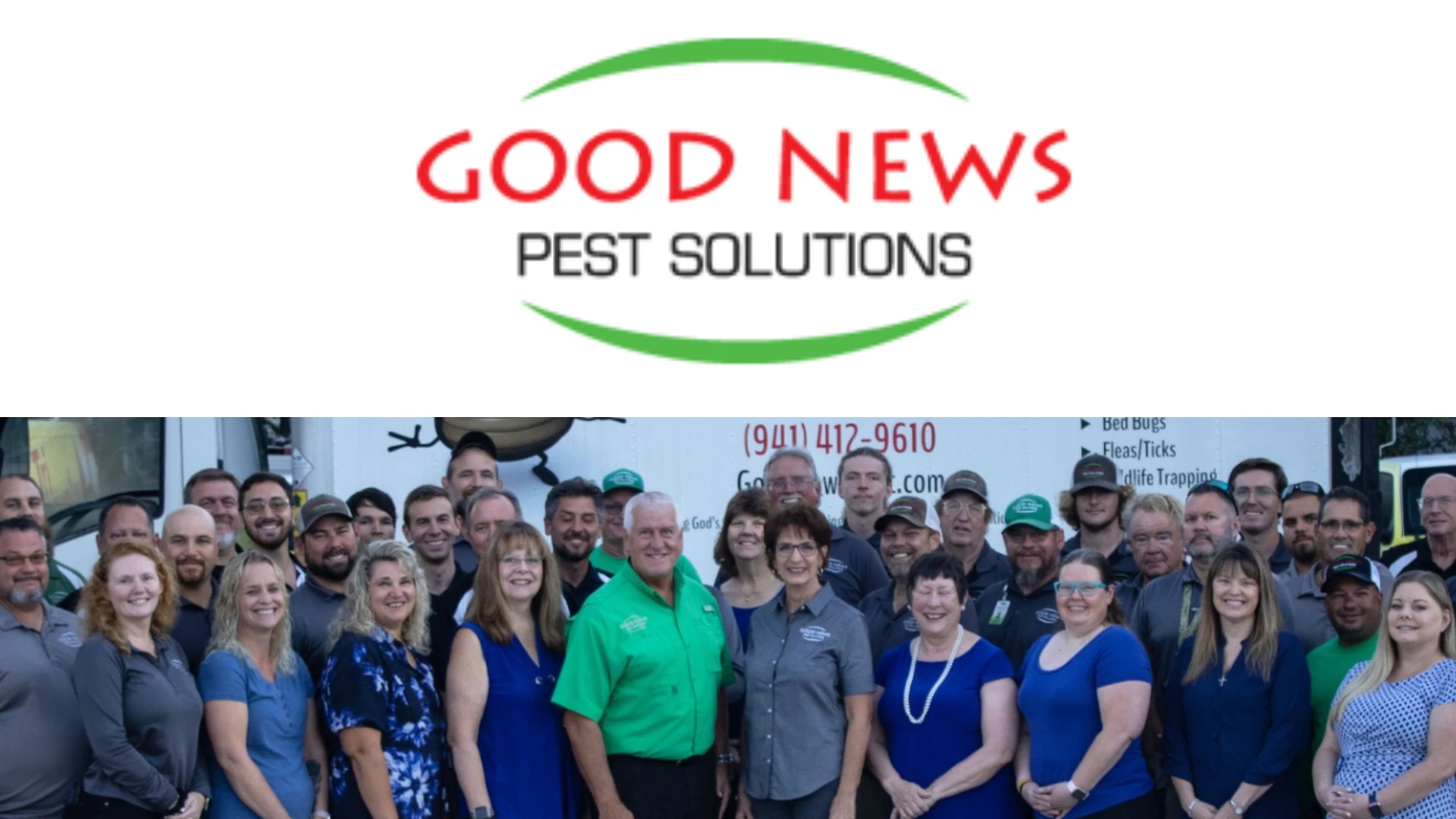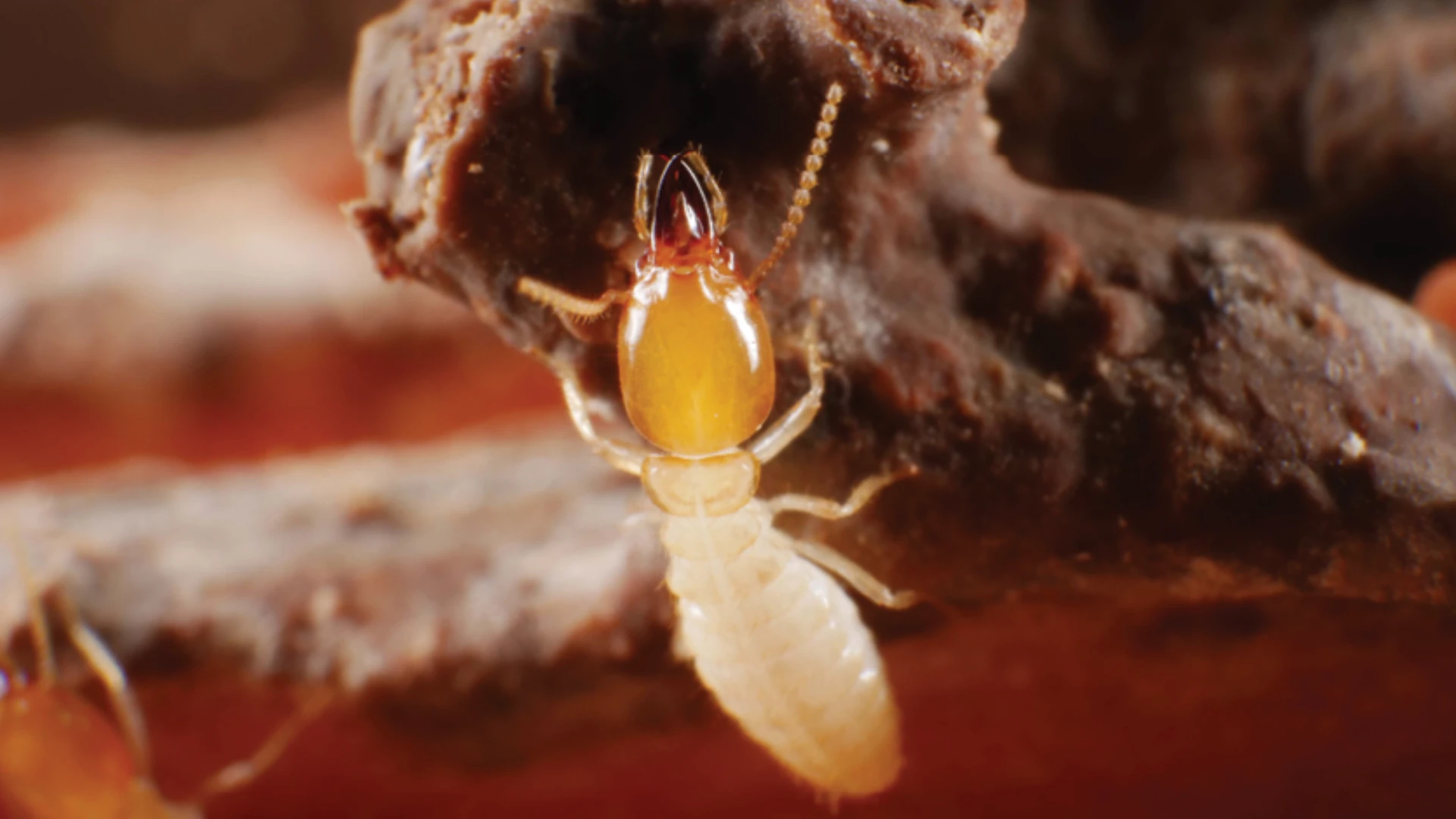Noted rodentologist Dr. Bobby Corrigan has consistently stated that sanitation is pest management. You could substitute exclusion, habitat modification or monitoring into the previous sentence and you’d still be on point in describing what is included in an integrated pest management (IPM) approach to rodent management.
A successful rodent IPM program deploys multiple tools that all point to the same goal: preventing a rodent infestation from occurring in the first place or quickly dispatching an infestation and making sure it doesn’t happen again.
Why IPM for Rodent Control?
IPM uses information about rodents including biology, behavior, etc. and the environment you’re treating to identify control methods that are most effective but leave a minimal environmental footprint. IPM methods include pest monitoring, prevention, exclusion, and non-chemical tools first.
With IPM, you start by asking, "Why is this mouse or rat here?" and try to eliminate the conditions allowing it to enter a home or business and live. An IPM approach solves rodent problems rather than just treating the symptoms.
Advantages of IPM Rodent Control
Janet Hurley, A.C.E., M.P.A., an extension program specialist with the Texas A&M AgriLife Extension Service in Dallas, said 75 percent of rodent management is IPM-based.
“Exclusion, habitat modification, sanitation – they all are part of IPM,” said Hurley. “IPM is using control tools based on the specific situation that exists in a residential or commercial account.”
When initially assessing the situation pest management professionals need to gauge the severity of the infestation, learn the specific needs/requirements of the client (this is especially important in the food processing, healthcare and pharmaceutical industries) and identify the conducive conditions that have contributed to the rodent infestation being there in the first place.
“PMPs need to look holistically at the situation and determining where to start and what tools to deploy,” said Hurley. “Is monitoring needed? Is there an exclusion or sanitation issue or is the rodent pressure severe enough that it warrants a baiting and trapping program to achieve quick knockdown?”
What are some of the benefits of a rodent IPM program?
IPM is Education
Richard Monastero, owner of Amtech Personalized Pest Management in Brookfield, Connecticut, said his company invests extra time to educate clients on the details of an IPM approach to rodent control.
Clients receive a copy of the technician’s notes and an explanation of what is being done, what role they play in the success of the program and the ‘carrying capacity’ of their home or business in attracting rodents.
“We give them the carrying capacity of their home or business for rodents and explain that if they take care of one item on the list of conditions that can attract rodents, it will stress the population and help achieve a quicker and more lasting resolution to the problem.”
Rodents seek easily accessible sources for food, water, and shelter so it is critical to eliminate access to these items.
In residential settings that can include:
In commercial areas that includes:
WANT MORE?
Enter your email to receive our newsletters.
Latest from Pest Control Technology
- Webinar: Employee Incentives — Going Beyond the Annual Raise
- Pest Control Companies Helping Neighbors in Need Eradicate Bed Bugs
- Why Does Marketing Feel So Opaque?
- How Did This Pest Get Its Name?
- Rose Pest Solutions Honors Top Performers with Annual Chief’s Club Awards
- Doug Foster on Termite Control Equipment, Resources
- Pest Control Consultants Acquires EcoGuard Pest Control
- Pest Index Increased 9 Percent YOY in February





